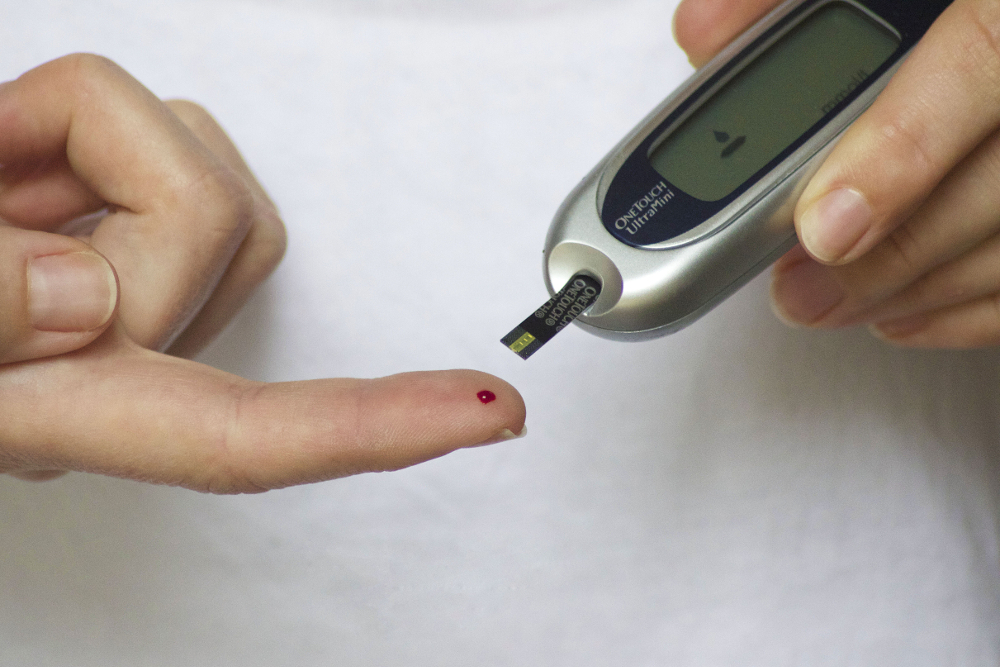KUALA LUMPUR, June 18 ― Diabetes remains one of the major non-communicable diseases in Malaysia, affecting 3.9 million of the population with a prevalence rate of 18.3 per cent.
But that’s just the tip of the iceberg.
Citing findings from the 2019 National Health and Morbidity Survey, consultant endocrinologist Dr Foo Siew Hui said the worrying factor was a surge in the prediabetes rate in Malaysia.”
According to Dr Foo, prediabetes refers to those with borderline diabetes which was potentially preventable with lifestyle changes.
However, if left untreated, this group of people would eventually develop diabetes in the near future
For the uninitiated, diabetes is a metabolic disorder where the body does not produce insulin or does not use it efficiently ― causing high blood sugar levels..
“The number of prediabetes cases has jumped from 8.8 per cent in 2015 to 23.6 per cent in 2019.
“That’s almost a quarter of the population who have yet to become diabetic but will become so if nothing drastic can be done for them.”
Dr Foo noted that it was worrying to see a significant portion of young Malaysians living with diabetes.
She said as of 2019, 38.4 per cent of total diabetics in Malaysia was below 50, putting them at risk of developing diabetes-related health complications.
“That may even result in loss of working capacity as well as negative social and economic impact of the country,” said Dr Foo, who is also the Malaysian Endocrine and Metabolic Society (Mems) honorary treasurer.
Referring to a recent study, Dr Foo said they have noticed that the risk of diabetes-related health problems such as heart, kidney, eye and nerve diseases were higher among young diabetics than the older ones as they tend to live with the disease longer.
Breaking down the diabetes prevalence in Malaysia, Dr Foo said the risk distribution is almost equal between people living in rural and urban areas.
“In terms of ethnicity, however, the prevalence is higher among Indians followed by Malays and then Chinese.”
Dr Foo said the main contributing factors to developing diabetes was obesity as a whopping 60 per cent of those living with diabetes either have abnormal bodyweight or obese.
She also noted that there has been a progressive increase in diabetes-related health complications over the past few years.
“The prevalence of heart diseases among people living with diabetes has increased from 5.4 per cent in 2013 to 5.9 per cent in 2019, while the occurrence of stroke and cerebrovascular diseases among diabetics rose from 1.3 per cent to 1.8 per cent in the same period.
“A proportion of diabetes patients with kidney diseases, however, saw a drastic rise from 8.8 per cent to 14.6 per cent in six years.”
Dr Foo said cardiovascular disease remains the leading cause of death among diabetes in Malaysia with a prevalence rate of 15 per cent.
Dr Foo was sharing the insights in a webinar jointly organised by Mems and AstraZeneca Malaysia to unveil the results of the inaugural Malaysian Diabetes Index (MDI).
The MDI, which polled 2,539 respondents recently found that there was still a huge awareness gap on diabetes among Malaysians.
Dr Foo said an insufficient level of knowledge on diabetes and its complications is one of the barriers to diabetes management in Malaysia.
“Other factors include limited level of health literacy, insufficient level of self-care, resistance in treatment intensification and suboptimal compliance to therapeutic lifestyle modification and medications.”
She, however, noted that the barriers within the healthcare providers include imbalance in the burden of care in public versus private hospitals as well as lack of access to diabetes self-management education and support by certified diabetic nurse educators.
“Lack of familiarity with the rapidly evolving, increasingly challenging standards of care in diabetes, delay in treatment intensification and increasing (direct and indirect) health care cost are other barriers that need to be considered.”






















